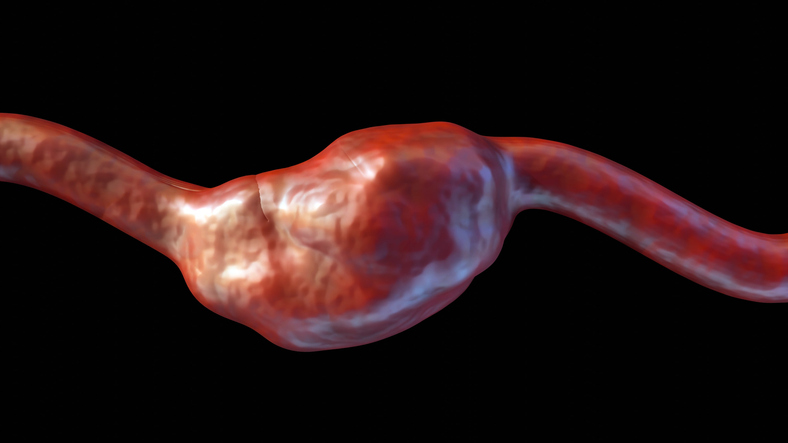
The clinical impact of subclinical leaflet thrombosis following transcatheter aortic valve replacement (TAVR) is uncertain. Reassuringly, a recent study found no correlation between hypoattenuated leaflet thickening (HALT) and the incidence of either mortality or cerebrovascular events although there was greater symptomatic hemodynamic valve deterioration1.
Left untreated, symptomatic severe aortic stenosis portends a dismal prognosis and structural intervention is strongly advised to derail the progressive natural history and improve outcomes. TAVR with both balloon expandable valves (BEVs) and self-expanding valves (SEV) is superior to medial therapy in extreme surgical risk patients and noninferior to surgical aortic valve replacement (SAVR) across the remainder of the surgical risk spectrum. As TAVR becomes increasingly deployed for lower risk and younger patients, the longer-term impact of complications such as paravalvular leak, conduction system injury with or without need for permanent pacemaker, and coronary re-access become of paramount importance. Similarly, bioprosthetic valve dysfunction and failure necessitating future replacement is an important consideration for younger patients. Computed tomography (CT) follow-up has identified subclinical leaflet thrombosis (SLT) in the form of HALT or hypoattenuation affecting motion (HAM) following both TAVR and SAVR with some heterogeneity in incidence based on the types of valves used. The long-term consequences of SLT are unclear.
Hein and colleagues report on the long-term outcomes of early HALT following TAVR. In this single-center prospective observational study, they studied 804 patients treated with TAVR without other indications for oral anticoagulation. CT at a median of 5 days post-procedure diagnosed HALT in 115 patients (61.7% women). Comparing those with HALT versus those without, there was no difference in the primary endpoint of survival (70.1% vs 74.0%; p = 0.597) or the secondary endpoints of cardiovascular mortality (13.2% vs 11.3%; p = 0.733) and cerebrovascular events (2.0% vs 4.4%) over a median follow-up of 3.25 years. There was greater incidence of symptomatic hemodynamic valve deterioration (9.4% vs 1.5%; p < 0.001) but no difference in bioprosthetic valve failure (2.6% vs 1.2%; p = 0.121).
These results provide reassurance that SLT in the form of HALT may not be linked to mortality or cerebrovascular events. The association with hemodynamic deterioration needs further study. There are several caveats. Valve thrombosis is a dynamic process, and the natural history has not been elucidated. Here the diagnosis of HALT was made at a single time point and so associations need to be interpreted accordingly. Dr. Grant Reed, structural interventional cardiologist at the Cleveland Clinic offered his reflections: “This is a high-quality observational study that is consistent with prior data – that HALT is relatively common (seen in 16.0% of patients in this study), and it carries higher risk of symptomatic valve degeneration (9.4% vs 1.5%, P<0.001). The jury is still out about the best way to treat HALT – though studies like this are helping to build consensus that this is an issue we need to be proactive about recognizing and treating as it is not benign.”







 © 2025 Mashup Media, LLC, a Formedics Property. All Rights Reserved.
© 2025 Mashup Media, LLC, a Formedics Property. All Rights Reserved.